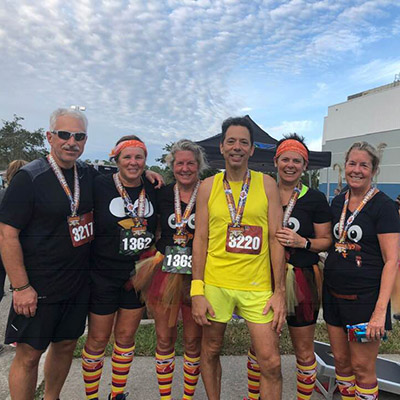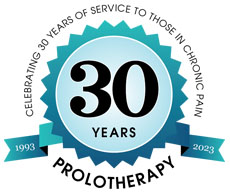 Are you a runner, athlete, pickleball, or tennis player who requires stamina and the ability to run up and down the road, field, or court quickly, yet, you have an on-again, off-again problem with pain in the shin area? Your initial research online got pretty much the same tips about resting, taking anti-inflammatories, ice, compression sleeves, and exercises and stretching from the websites you visited. You also likely discovered that a lot of runners/athletes have the same problem.
Are you a runner, athlete, pickleball, or tennis player who requires stamina and the ability to run up and down the road, field, or court quickly, yet, you have an on-again, off-again problem with pain in the shin area? Your initial research online got pretty much the same tips about resting, taking anti-inflammatories, ice, compression sleeves, and exercises and stretching from the websites you visited. You also likely discovered that a lot of runners/athletes have the same problem.
Finally, you visit a healthcare provider with your complaints, and he/she report that you have “shin splints,” “periostitis,” an inflammation of the soft tissue that surrounds the tibia (the main shin bone), or you have “Medial Tibial Stress Syndrome.” For the most part, they all mean Shin Splints.
Now you have a diagnosis and perhaps a prescription for a strong anti-inflammatory medication. Typically patients are advised to rest more often, continue with icing if that was helping, and come back in a few weeks if the problem did not resolve. A few weeks later, the pain continues when you attempt running again.
Sometimes shoe inserts may be explored to distribute the impact of walking or running to different parts of your foot, ankle, and shin. Sometimes the problem is related to either ill-fitting or old athletic shoes. Shoes that have worn down will often lead to not only shin pain, but knee pain, and eventual hip pain. Thus, we always recommend that you rotate your shoes every 3-6 months if you are a very active athlete who wears your workout shoes regularly.
Interestingly enough, shin splits are a problem for new military inductees as they go through basic training. Long runs and carrying heavy back packs is a set up for shin splints. Army doctors teamed up with Indiana State University researchers and published a paper in the Journal of Athletic Training regarding what factors put physically active people at risk for the development of medial tibial stress syndrome (also known as chronic shin splints). Those factors are the following: Increased body mass index (BMI), navicular bone drop (IE arch of the middle foot drops out of place), ankle instability, quadriceps angle (angle between quad muscles and patellar (knee) tendon), and/or hip instability. Other studies show that the main risk factors related to the way the body moves, including a higher pelvic tilt in the frontal plane, peak internal rotation of the hip, navicular drop, and foot pronation.
What should you do about your shin splints? If replacing your athletic shoes did not do the trick, then most likely you either need to change your biomechanics or treat the injured/unstable area(s) described above. Marion suffered with shin splints during high school track, and also into her adulthood running days. She tried all the recommended options including taping the arches, heal cups in the athletic shoes, topical creams, and rest. None of these options repaired the injured areas. She did not want to use cortisone, as typically it only provides short term relief. She, and many other patients, have turned to regenerative medicine treatments called Prolotherapy to treat the injuries to the muscle attachments onto the medial tibia, including the soleus, posterior tibialis, and others. In a study in the British Journal of Sports Medicine titled, “The effectiveness of Prolotherapy in the management of recalcitrant medial tibial stress syndrome: A pilot study” researchers examined seven patients who received dextrose Prolotherapy to the painful areas of the tibia. All subjects reported a marked improvement in their symptoms after 18 weeks post-injections.
So, if your shins are chronically aching, assess your gait, get new athletic shoes fit by a professional, try massage and ice, and if those things do not resolve the issue, then consider strengthening the weakened area(s) with Prolotherapy.



